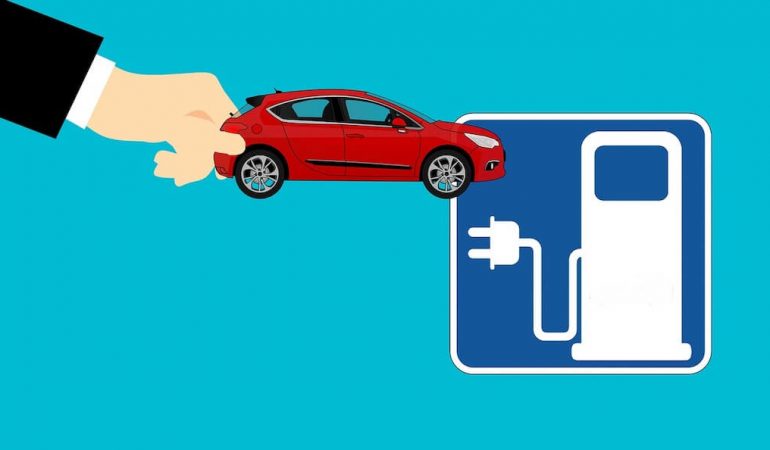The popularity of electric vehicles (or EVs) has grown rapidly in recent years, making the vision of an all-electric future seem all the more tangible. According to the International Energy Agency’s (IEA) Global EV Outlook 2021, a record-breaking three million new electric cars were registered in 2020. Even more impressive is the fact that this market was able to sustain strong momentum despite the economic downturn caused by the coronavirus pandemic. Although global car shares dropped 16%, EV registrations increased 41% from the previous year.
As their name suggests, EVs rely on electricity rather than fossil fuels to power their engines, resulting in no tailpipe emissions and making them an important technological development in the fight against climate change. EVs contain a battery (which is charged via an outlet or charging station) instead of a fuel tank, and an electric motor instead of a combustion engine. The motor uses electricity from the battery to power the wheels, and can also charge the battery by recapturing energy that would otherwise be lost during breaking.
The IEA attributes the resilience of EV sales in the face of the pandemic to three main areas relating to government policy, manufacturing development, and economic trends:
- “Supportive regulatory frameworks: even before the pandemic many countries were strengthening key policies such as CO2 emissions standards and zero-emission vehicle (ZEV) mandates. By the end of 2020, more than 20 countries had announced bans on the sales of conventional cars or mandated all new sales to be ZEVs.
- Additional incentives to safeguard EV sales from the economic downturn: some European countries increased their purchase incentives and China delayed the phase-out of its subsidy scheme.
- The number of EV models expanded and battery cost continued to fall.”
Looking to the future, EVs continue to have impressive prospects for success. The Global EV Outlook 2021 reported that EV sales in just the first quarter of 2021 already reached nearly two and a half times their level in the same period a year earlier. A study by Bloomberg New Energy Finance (BNEF) as reported by Forbes Magazine found that EVs will hit 10% of global passenger vehicle sales by 2025, rising to 28% in 2030 and 58% in 2040.
The electrification of transport is a crucial step towards reducing carbon emissions, but only if these vehicles are charged in the most sustainable way. In order for EVs to actually play an effective and impactful role in working to combat climate change, we need to ensure that these cars are being charged using electricity generated from renewable energy sources (RES), rather than fossil fuels. This is where Power2Peer comes in: our P2P Connect app seeks to bridge this gap by providing a virtual clean power network (VCPN) for EV charging. Using a secure blockchain architecture, Power2Peer is creating a decentralized energy system to efficiently transport excess solar energy to consumers in need. This market-oriented solution will support sustainable EV charging and ensure that no kilowatt goes wasted.
The true impact of EVs on the environment will only be achieved if they are charged with clean energy. Support Power2Peer and invest in a greener future of transportation!
Sources:
Global EV Outlook 2021 – Analysis. IEA. (2021, April 29). https://www.iea.org/reports/global-ev-outlook-2021.
Environmental Protection Agency. (2021, May 17). Explaining Electric & Plug-In Hybrid Electric Vehicles. EPA. https://www.epa.gov/greenvehicles/explaining-electric-plug-hybrid-electric-vehicles.
Cohen, A. (2020, October 26). Plugging Into The Future: The Electric Vehicle Market Outlook. Forbes Magazine. https://www.forbes.com/sites/arielcohen/2020/10/26/plugging-into-the-future-the-electric-vehicle-market-outlook/?sh=7db735339812.
Image Source: https://pixabay.com/illustrations/electric-car-charging-station-e-car-3880666/

